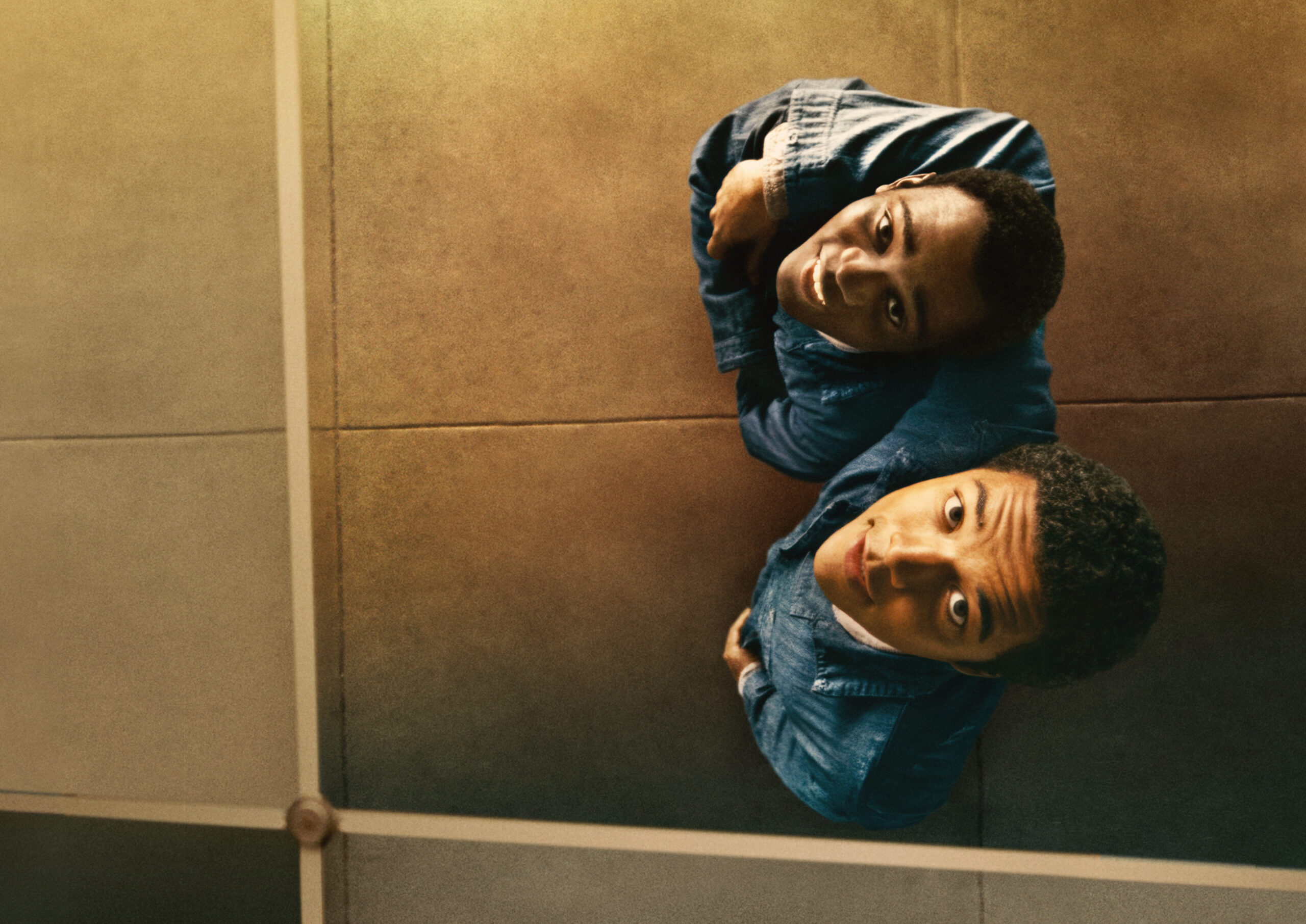Score: 4.5/5
RaMell Ross’ debut feature film is a moving, boundary-pushing piece that sets itself apart from anything that came before it.
Adapted from the Pulitzer Prize-winning novel The Nickel Boys by Colson Whitehead, the film follows Florida teenagers Elwood and Turner during their time at the reform school Nickel Academy during the height of the Jim Crow era. The story draws inspiration from the Dozier School for Boys, a now closed reform school investigated for torture, forced labour and sexual abuse of students. Exhumations throughout the 2010s confirmed 98 deaths on the school’s premises.
While Nickel Boys does a fantastic job laying out the story in a devastating, visceral way, what distinguishes it most is its unrelenting commitment to style. The entire film is shot through the first-person perspective of its two protagonists. Nickel Boys isn’t just an astounding first feature from Ross, it’s a technical marvel and the first film of its kind.
The most apparent technical achievement here is Jomo Fray’s cinematography work. A simple tilt of the camera as a character keeps their head down is an act full of emotion, character building and storytelling.
The first-person approach may sound like a gimmick on paper, but the film immediately disproves this by showcasing the compelling ways this approach can be used as a primary storytelling vessel. Information about the characters is revealed through their senses and reactions, creating a simulating effect for the viewer.
Admittedly, for some, the first-person camerawork may hinder emotional connection without seeing the characters for the bulk of the film. Whether it works or not for viewers on a personal level, Ross’ commitment to completing a story through this approach is admirable and a success story for a newcomer to the medium.
Elwood gazes down at the sidewalk, keeping his head down to avoid witnessing the atrocities happening around him within the walls of Nickel Academy and across the United States. He looks forward, facing his grandmother as she shares one last hug with him before visitation hours finish. He glances upward to the sky, enamoured with the thought of humanity reaching the moon while he’s stripped of opportunities left and right here on Earth.
Fray and Ross ensure that the camera moves differently as it shifts between its characters, distinguishing them and allowing the audience to see firsthand their differing reactions to various events. POV shots aren’t new, but Ross ensures they’re experimented with and given full attention to in each scene.
Throughout the film, historical footage of America during the Jim Crow era cuts in and out, always grounding audiences in the reality of the events that took place. Everything from clips of Martin Luther King Jr. to images and videos of violence directed at Black Americans are shown. These clips flow seamlessly into the story’s tone despite the grit they bring, reminding audiences of how cold and calculated these acts were at the time.
Perhaps the score will be one of the most underappreciated elements of the film. Moving from hopeful, lush strings into jarring electronics, the score’s dynamism is in perfect tune with the film’s events. At times it’s beautiful, though the haunting story permeates across the music.
The film has been released quietly since its last appearances at festivals. It’ll likely fly under the radar for many due to the lack of promotion around the film outside more prestigious circles. That said, Nickel Boys is an incredible, boundary-pushing watch for those lucky enough to get the chance to watch it

